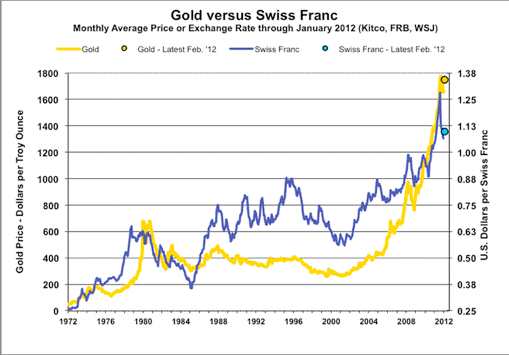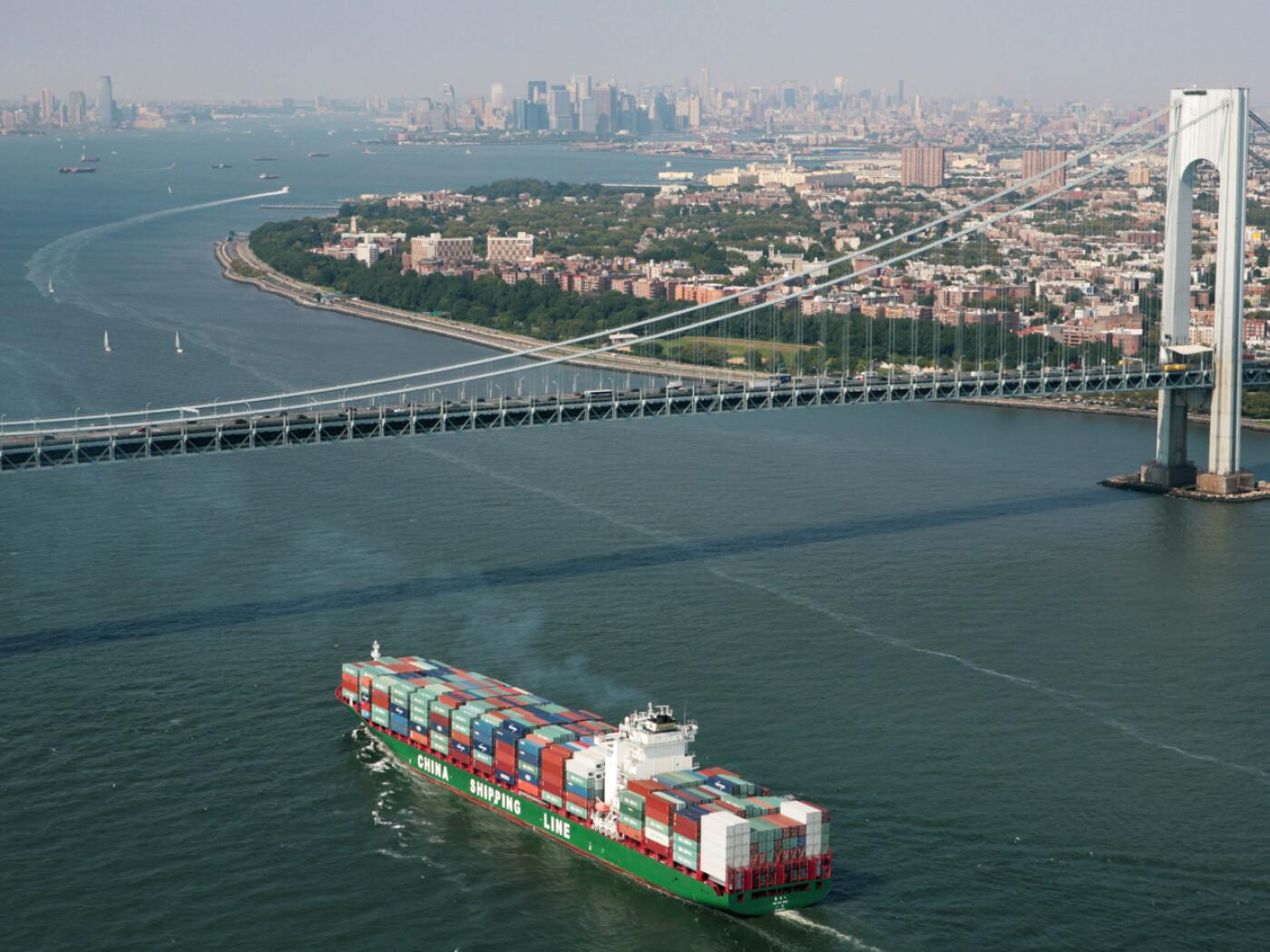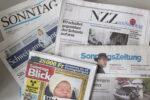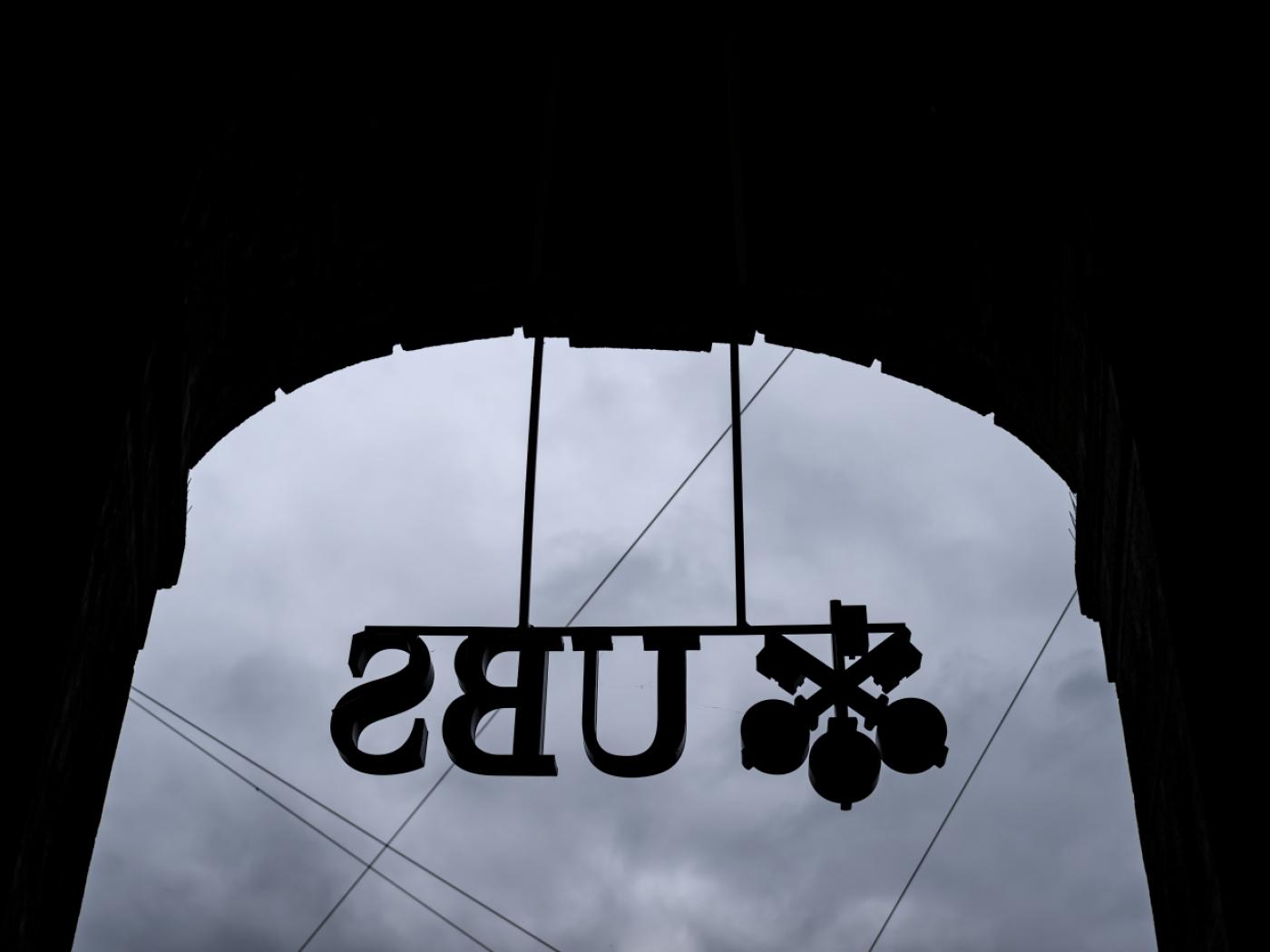There are two notable developments today. First, Japan's Q4 GDP was stronger than expected and Q3 growth was revised higher. The net impact is a stronger yen, rise in Japanese rates, and slightly greater confidence that the BOJ will hike rates again, perhaps as early as June. Second, between US and Russian talks to end the war in Ukraine and US Vice President Vance's speech at the Munich conference before the weekend, the Western Alliance has been dealt a body blow from within. The initial market response has been to rally European defense company shares and sparked a rise in long-term yields as investors anticipated increased issuance to cover a boost in spending. European benchmark 10-year bond yields ae up 3-5 bp.
The euro, which reached almost $1.0515 before the weekend after the disappointing US retail sales (-0.9% headline and -0.8% "control") and decline in manufacturing output (-0.1%, expected 0.1%), is trading quietly within Friday's range albeit mostly softer. The greenback peaked in the middle of last week near JPY154.80. It pulled back to almost JPY152.00 before the weekend, encouraged by the drop in the US 10-year yield from almost 4.66% in the middle of the week to 4.44% on Friday. The dollar was sold to nearly JPY151.40 in European turnover today. Last week's low was near JPY151.15.
Turning to tomorrow, there are several features:
The Reserve Bank of Australia is widely expected to begin its easing cycle with a quarter-point rate cut, which would bring the cash target rate to 4.10%. The monetary statement is likely to be cautious, and the futures market is not anticipating the next cut until May or the following meeting in July. The Australia dollar is trading firmly and recorded a new marginal two-month high near $0.6375.
The UK sees its labor market report. Average hourly earnings appear to have accelerated into the end of last year. With and without bonuses, the three-month year-over-year pace is expected to have risen to 5.9% from 5.6%. Still, the unemployment rate, measured by ILO, is likely to have ticked up to 4.5% from 4.4%, as the number of payrolled employees is seen falling for the third consecutive month. Sterling is trading firmly but within the pre-weekend range (~$1.2550-$1.2630) and is hovering around $1.26.
Canada reports January CPI. A small rise is expected of 0.1% after a 0.4% decline in December. The year-over-year pace may rise to 1.9% from 1.8%. The underlying core measures may also firm slightly. Anecdotal reports suggest that the US tariff threats themselves are having an economic impact. Canada is exposed to the border tariffs (25%) that could come into effect early next month. It is expected to the tariff on steel and aluminum, as the US largest supplier. It is also exposed to the tariffs on autos, which the US has threatened, possibly in early April. The swaps market has almost a 50% chance of a quarter-point cut at the next Bank of Canada meeting on March 12. The US dollar fell to CAD1.4150 before the weekend, its lowest level since December 12. It settled slightly above CAD1.4180 and steady-to-firmer today but still holding below CAD1.4200.
Tags: Currency Movement,Featured,newsletter






























